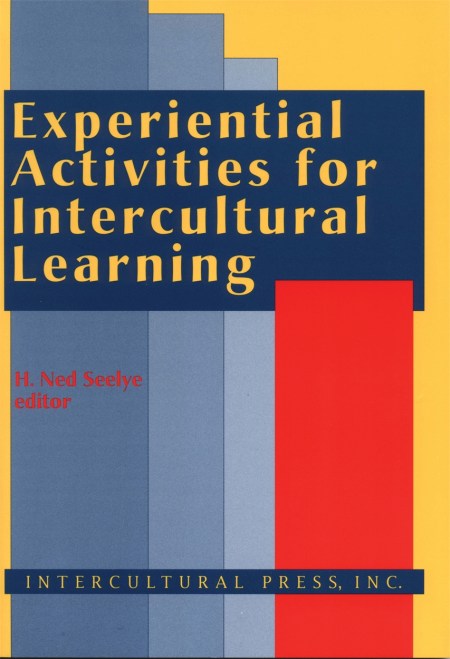The need for new approaches, methods, and techniques in cross-cultural training and intercultural education are virtually insatiable, especially for experiential activities. The emphasis in this book is on activities that foster the development of intercultural awareness and cross-cultural sensitivity, helping learners understand some of the principal dimensions of intercultural communication, cross-cultural human relations, and cultural diversity.
The selections include simulations, case studies, role plays, critical incidents, and individual and group exercises. A number address relatively complex workplace issues; others focus on intercultural dynamics in educational contexts. Some are printed here for the first time; others are culled from less accessible sources. They range from basic introductory activities to those that facilitate the exploration of intercultural issues in significant depth.
In an introductory essay, Sheila Ramsey, an experienced scholar and trainer, examines the nature of intercultural training and lays out a conceptual framework for assessing its effectiveness. The rest of the book is made up of activities organized around six facets of intercultural contact: cultural differences for beginners, understanding oneself as a cultural person, the intercultural perspective, working across cultures, cross-cultural “foul-ups,” and returning home.
Each section opens with an introduction, followed by activities. Each activity includes, at a minimum, objectives, audience, materials required, setting, time required, and procedure for facilitation. Many of the activities include handouts or illustrations. This book will be especially valuable for trainers and educators who want to further ground their work in a solid theoretical base and at he same time augment their resources to expand heir repertoire.
The selections include simulations, case studies, role plays, critical incidents, and individual and group exercises. A number address relatively complex workplace issues; others focus on intercultural dynamics in educational contexts. Some are printed here for the first time; others are culled from less accessible sources. They range from basic introductory activities to those that facilitate the exploration of intercultural issues in significant depth.
In an introductory essay, Sheila Ramsey, an experienced scholar and trainer, examines the nature of intercultural training and lays out a conceptual framework for assessing its effectiveness. The rest of the book is made up of activities organized around six facets of intercultural contact: cultural differences for beginners, understanding oneself as a cultural person, the intercultural perspective, working across cultures, cross-cultural “foul-ups,” and returning home.
Each section opens with an introduction, followed by activities. Each activity includes, at a minimum, objectives, audience, materials required, setting, time required, and procedure for facilitation. Many of the activities include handouts or illustrations. This book will be especially valuable for trainers and educators who want to further ground their work in a solid theoretical base and at he same time augment their resources to expand heir repertoire.
Newsletter Signup
By clicking ‘Sign Up,’ I acknowledge that I have read and agree to Hachette Book Group’s Privacy Policy and Terms of Use

